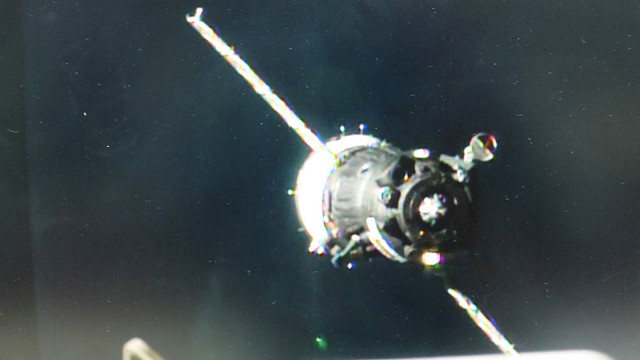
It was 21.58 UTC when the Soyuz MS-03 spacecraft, which blasted off last Thursday from the Baikonur Cosmodrome in Kazakhstan, has reached the International Space Station carrying three new crewmembers. Peggy Whitson of NASA, Oleg Novitskiy of Roscosmos and Thomas Pesquet of ESA now complete the Expedition 50 crew.
After several months in which the crew rotation was carried out at irregular intervals because of problems encountered in the previous spacecraft Soyuz of the new MS series, at least for this occasion the launch was carried out without delays. This means that the new crew members who have just reached the International Space Station will spend about six months there. May 15, 2017 is a tentative date for their return but it’s not final exactly because the schedule might need to be changed.
Actually, not everything works perfectly yet in the new systems management. The ones on the Soyuz spacecraft are operating normally but the ones at the mission control center, located in the new Russian Vostochny Cosmodrome, keep on being tested.
In particular, the installation of the systems required to communicate with the Soyuz spacecraft soon after their launch for them to be able to use the 6-hour fast path was completed just recently. When the Russian space agency Roscosmos will assess that the tests have given satisfactory results, the Progress space cargo ships and the Soyuz spacecraft will start flying using the fast path.
Nearly two hours after the spacecraft Soyuz MS-03’s docking, the hatch was opened and the new crew members entered the International Space Station. Soon they’ll be able to join the other three Expedition 50 members in the routine tasks that include maintenance, the arrival and departure of cargo spacecraft and many scientific research.
Among the scheduled tasks there are also some spacewalks but a lot depends on when the next Japanese HTV cargo spacecraft will arrive with the new lithium-ion batteries and how many tasks can be carried out from inside the Station. The decisions will be taken when the time comes together with the space agencies that run the Station’s operations.


Permalink
Permalink